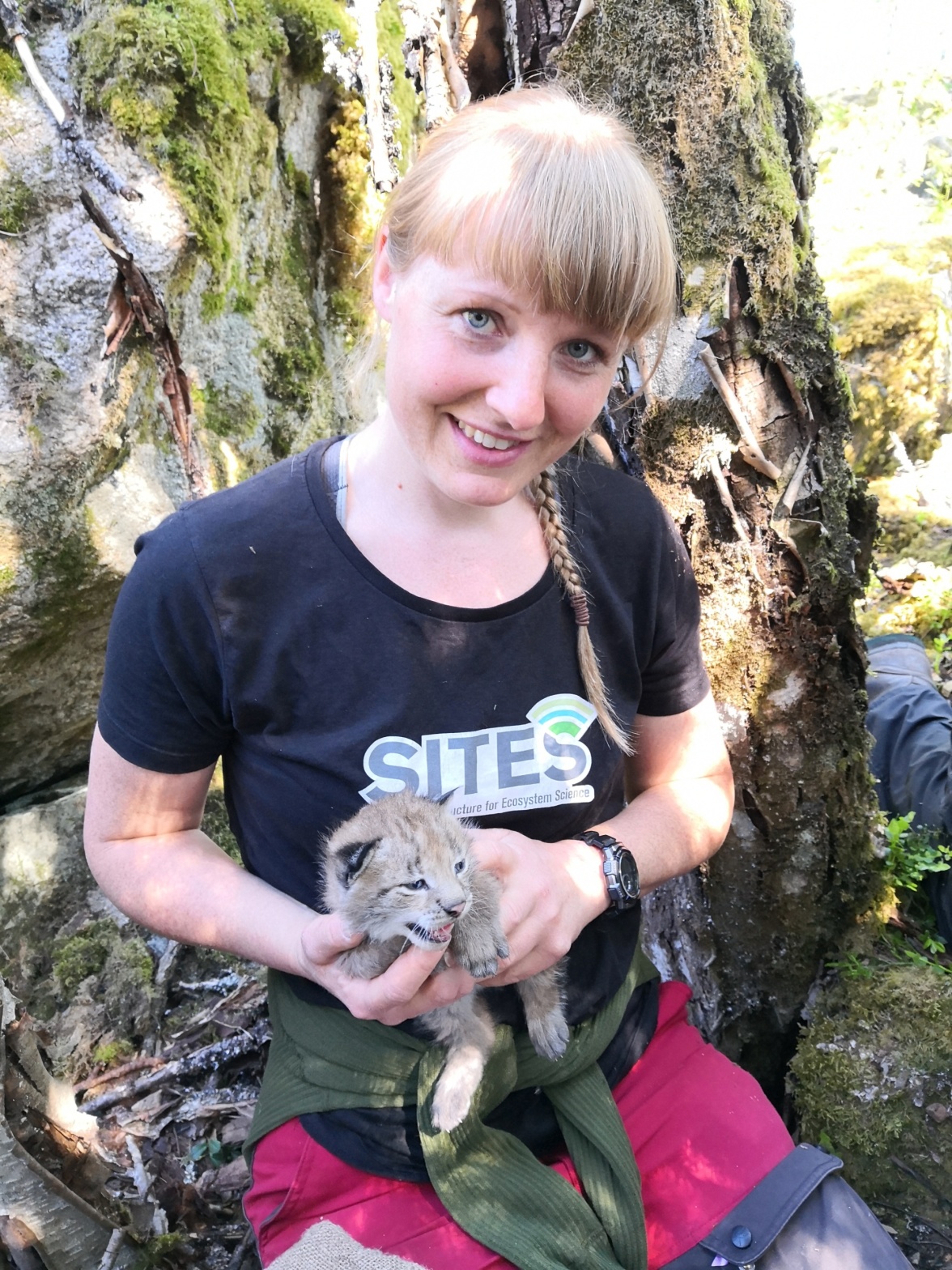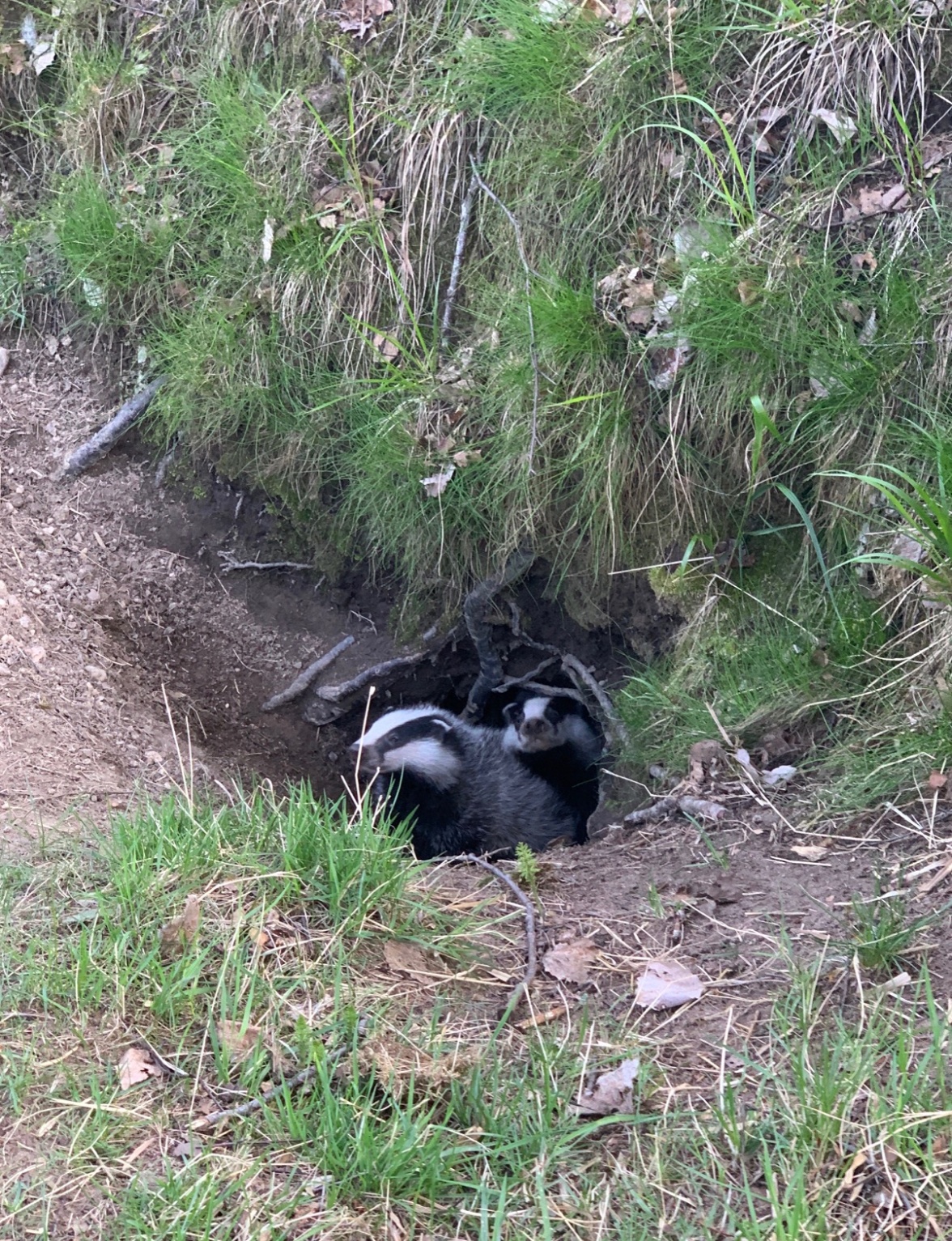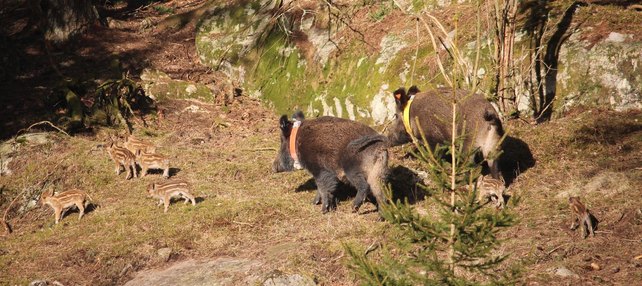As in previous years, staff from Grimsö Wildlife Research Station is busy running external projects at the station and data collections within the base monitoring program during June. Among the latter, it is now peak season for controlling red fox (Vulpes vulpes) dens, but also to support external projects that monitor reproductive success of other species such as the lynx (Lynx lynx).
Within wildlife monitoring, camera traps have been proven to be a useful tool to estimate biodiversity and population dynamics. Therefore, a high capacity server for storage of pictures and films from camera traps will be installed at Grimsö this summer. For this platform, a new software for automatic recognition and QA/QC of unwanted pictures (e.g. no animal/people in picture) can be applied. The investment is part of a collaborative research project with the Norwegian Institute for Nature Research and the Swedish Transport Administration, but the server will be available for projects related to Grimsö and SITES in the future.

A lynx (Lynx lynx) kitten gets weighted, sampled for DNA (blood) and marked with a chip. Photo; Henrik Andrén.

Curious badger (Meles meles) cubs looking out from one of the ca. 200 dens that are checked annually in Grimsö Wildlife Research Area since 1973. This survey mainly aims to follow red fox reproduction, but badgers are more frequent inhabitants in the dens than foxes. Photo: Linda Höglund

Two GPS-collared wild boar (Sus scrofa) sows with their piglets.
Photo: Anders Friberg